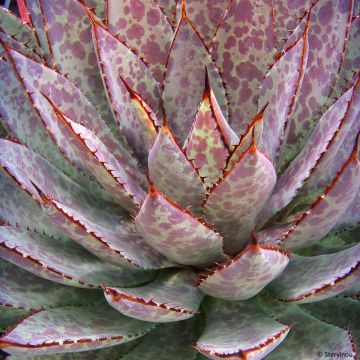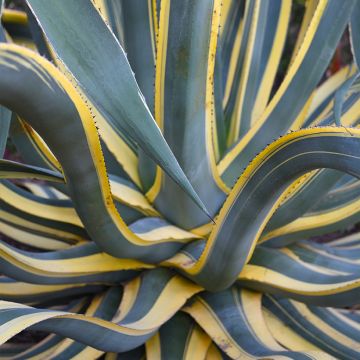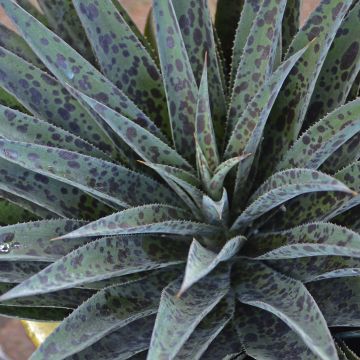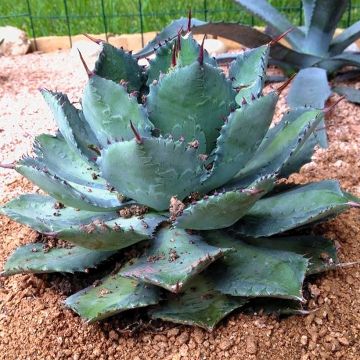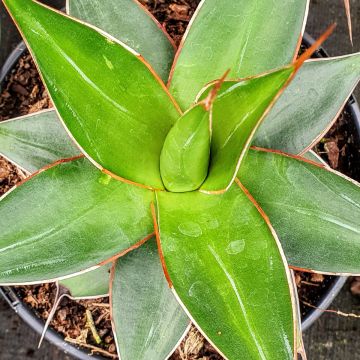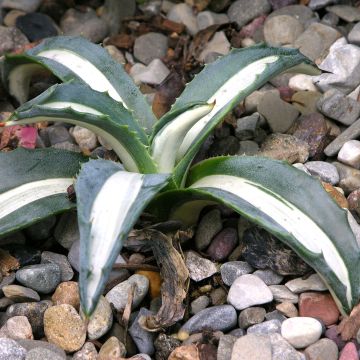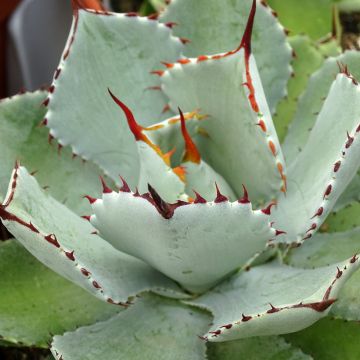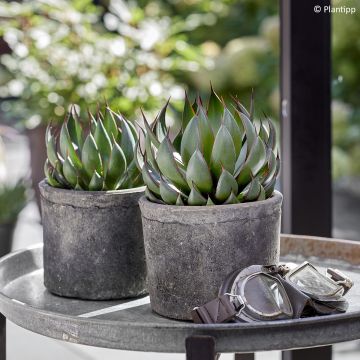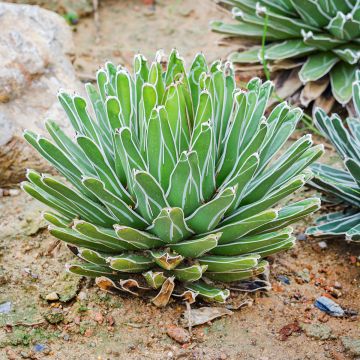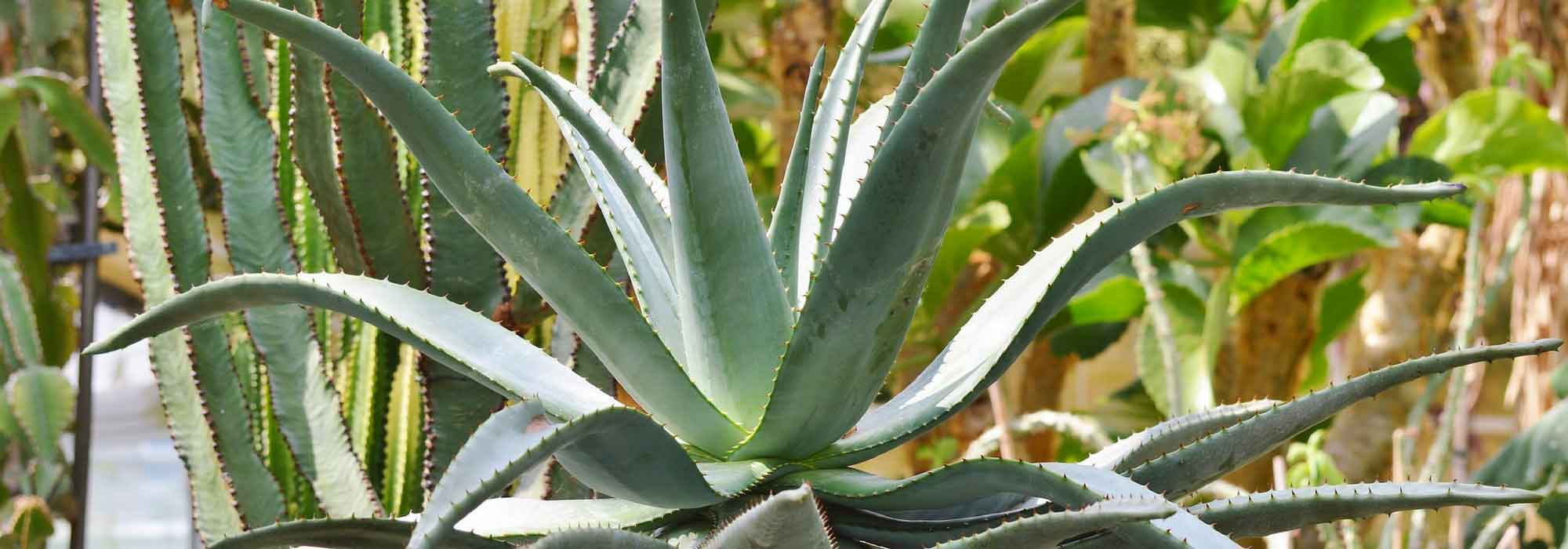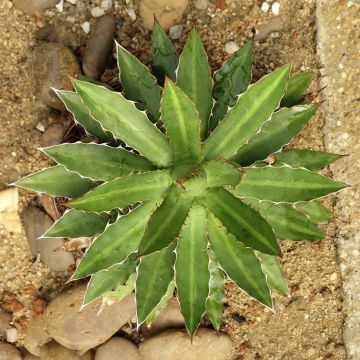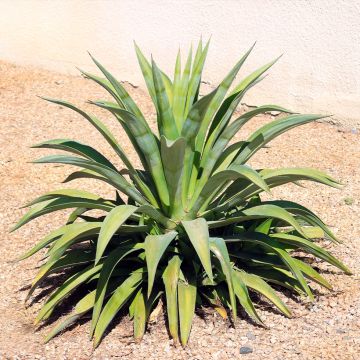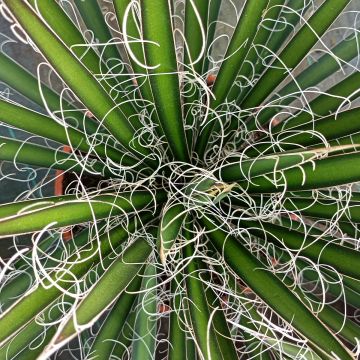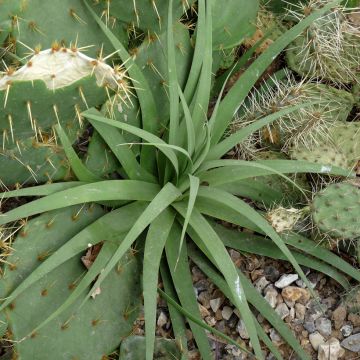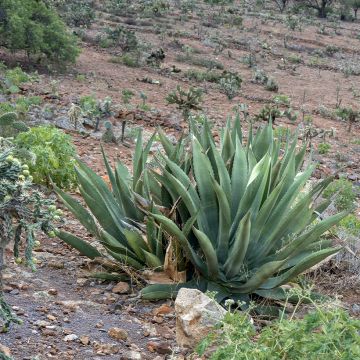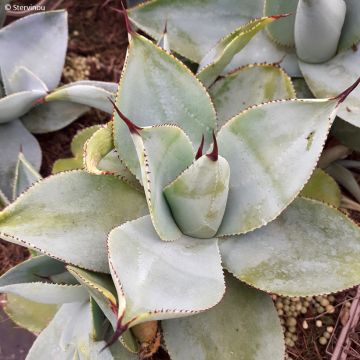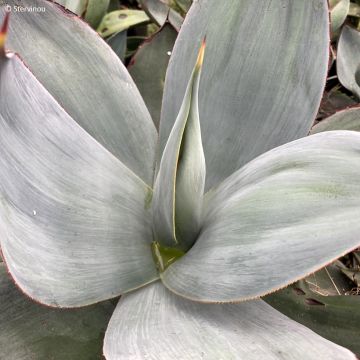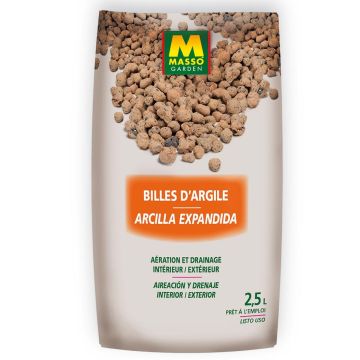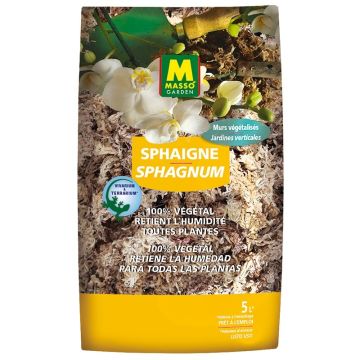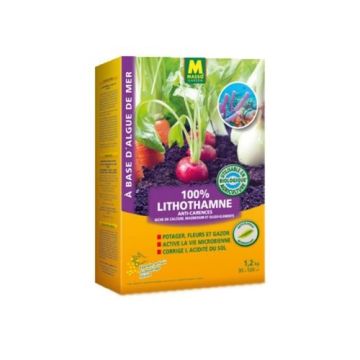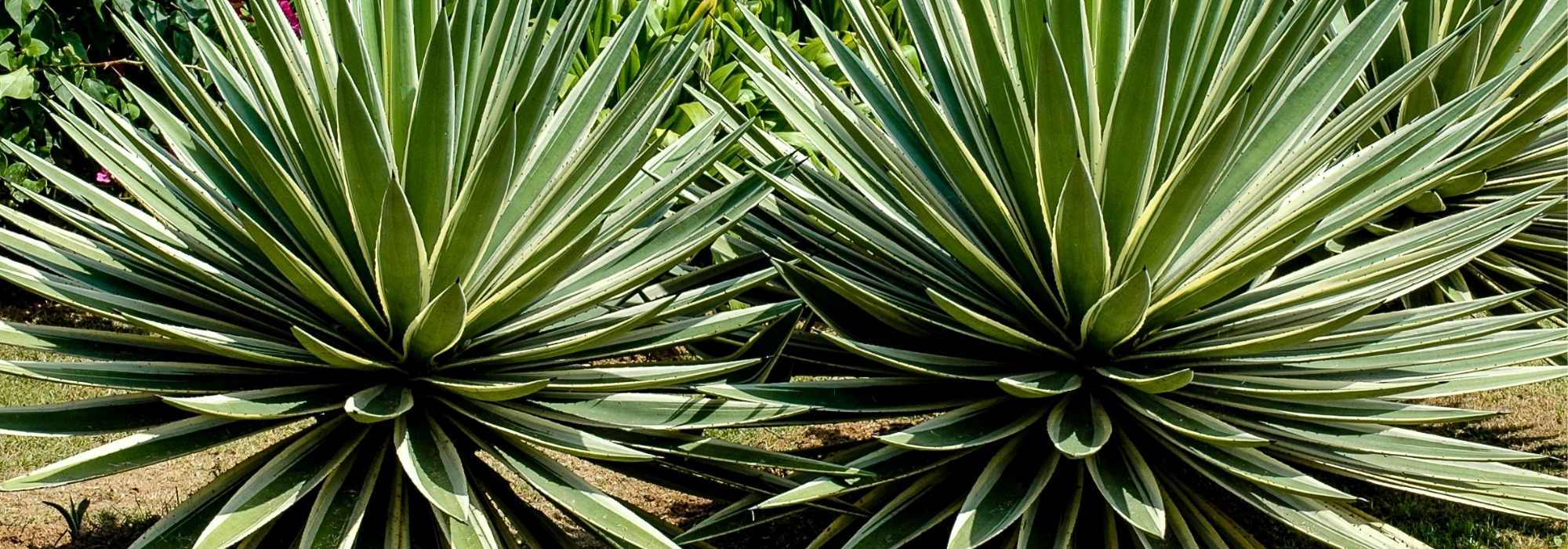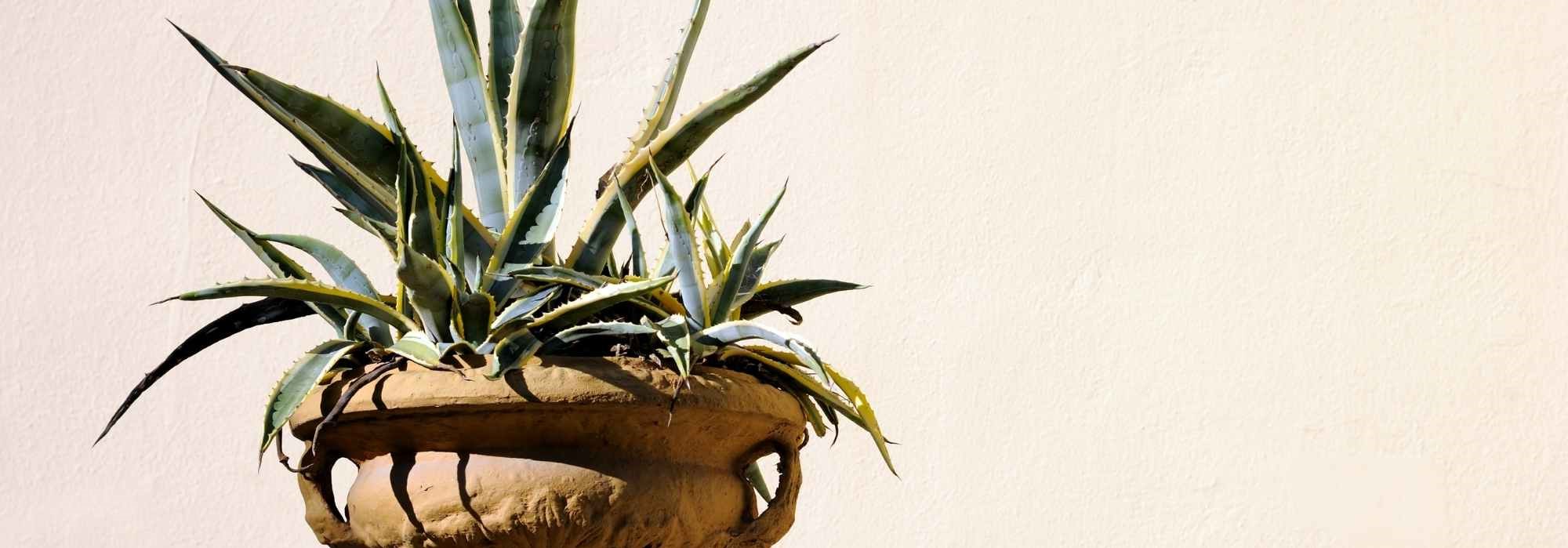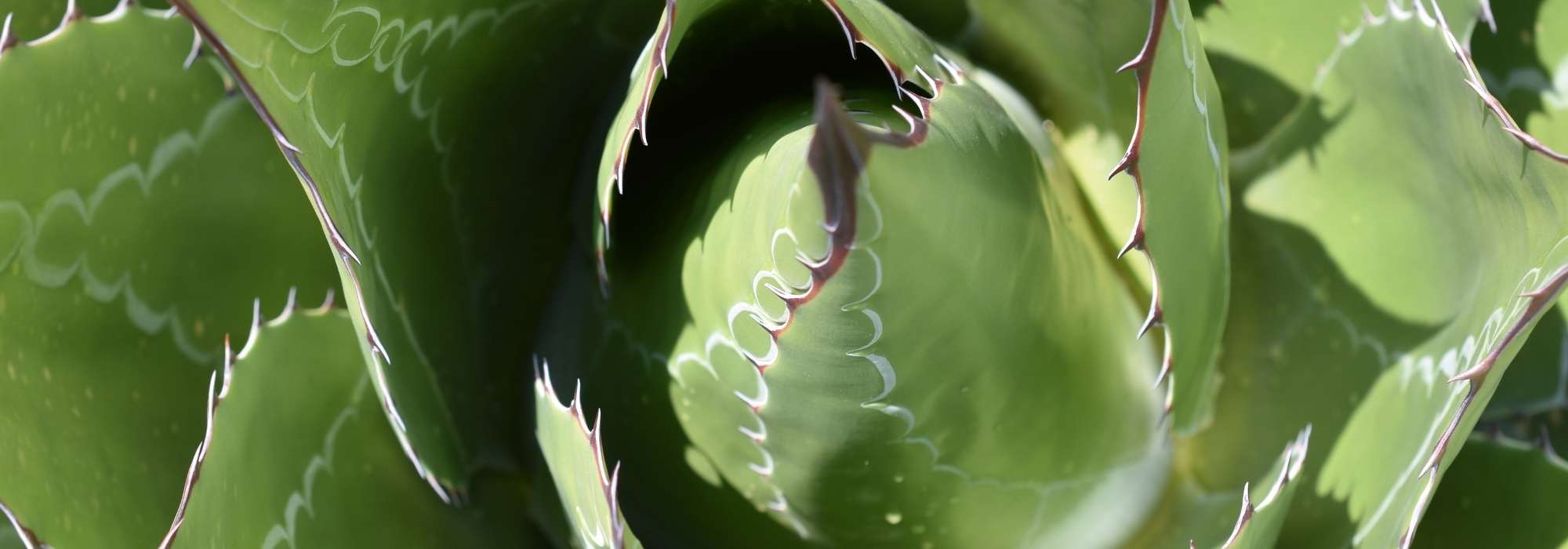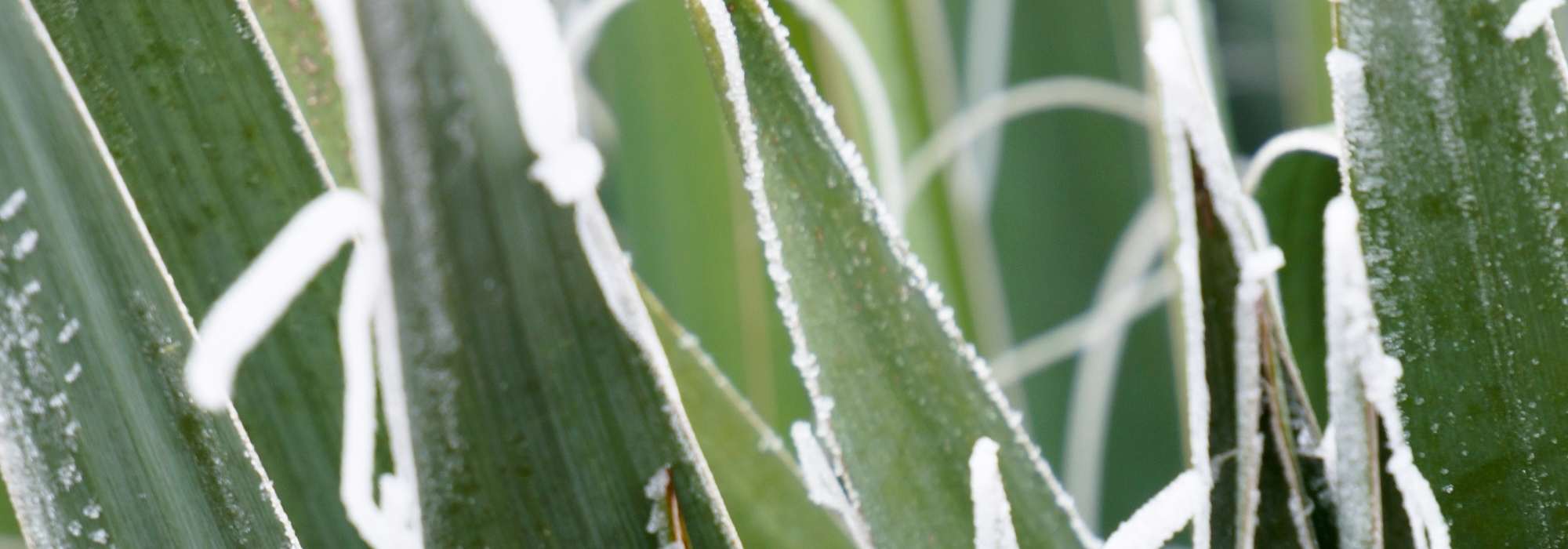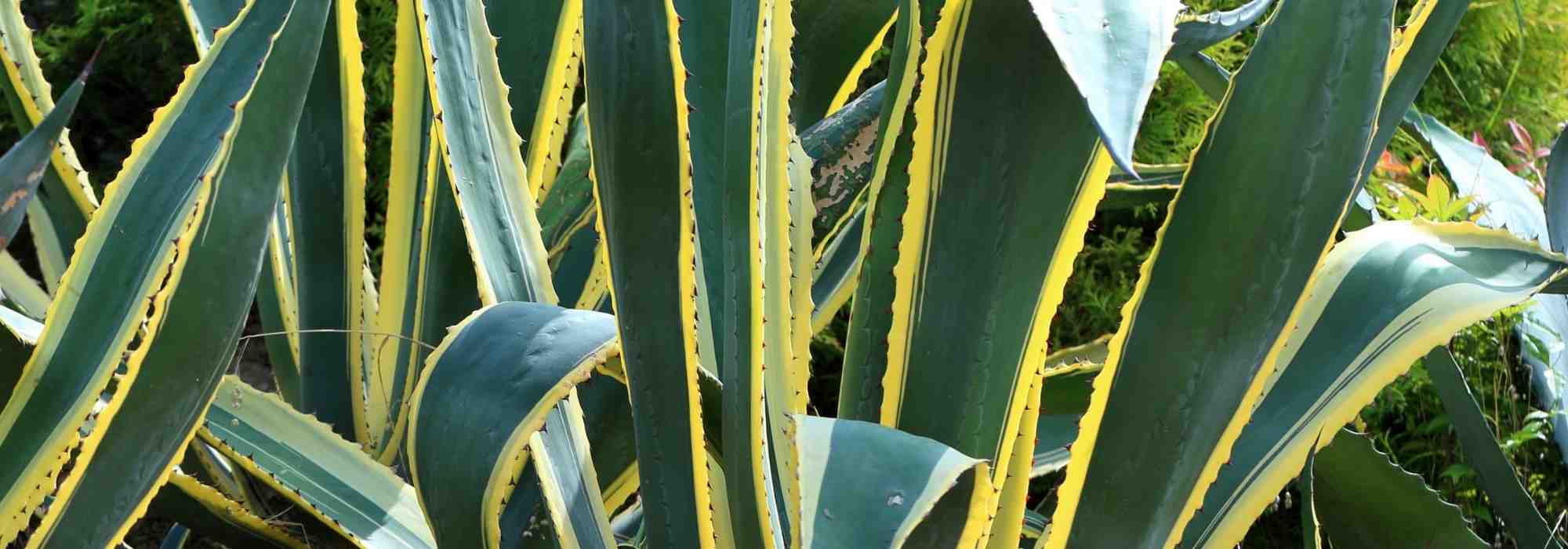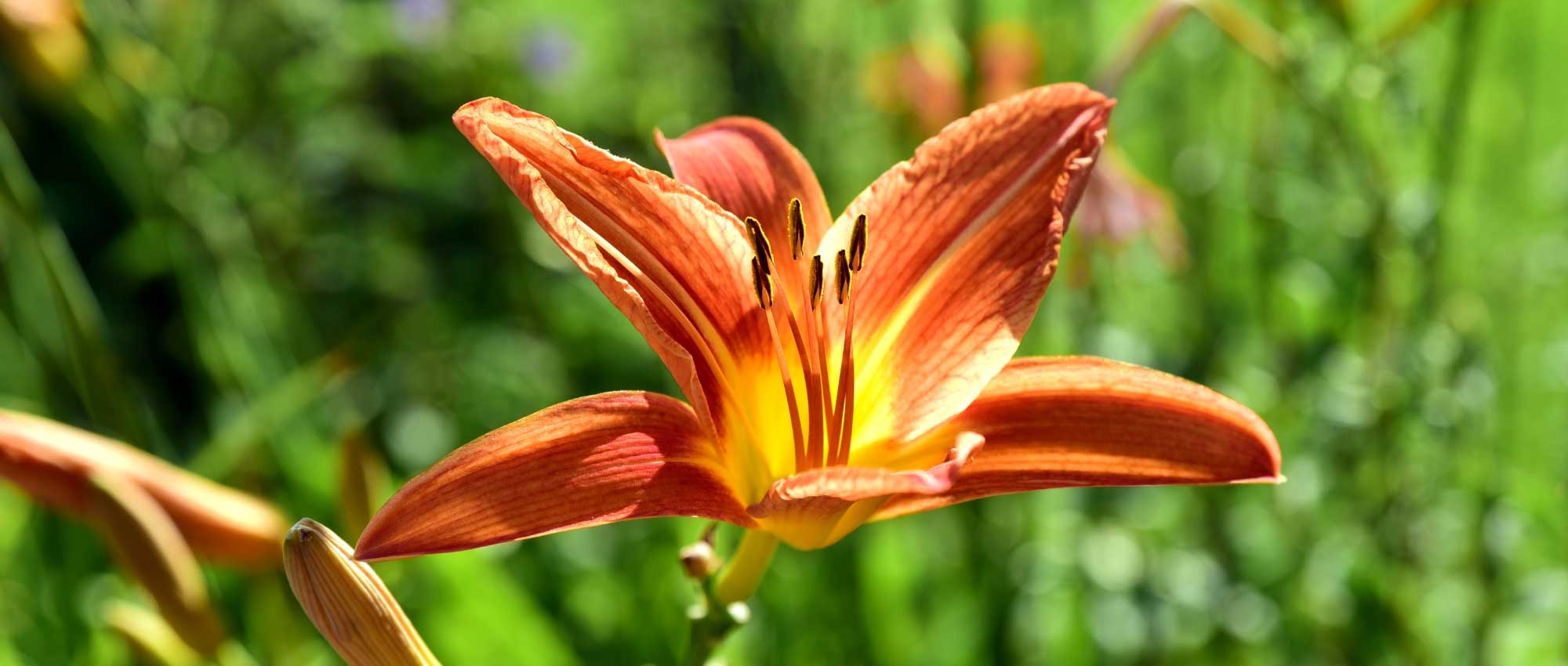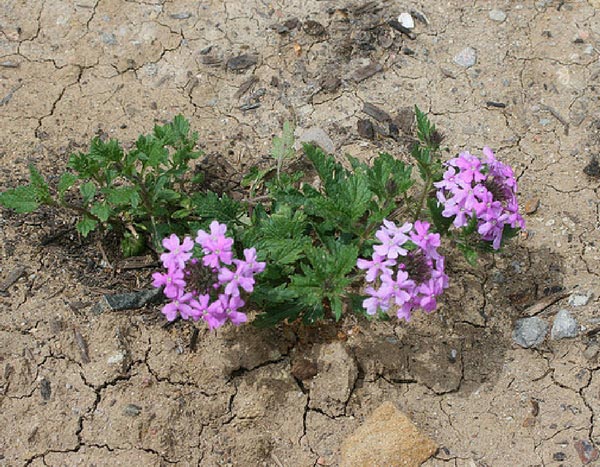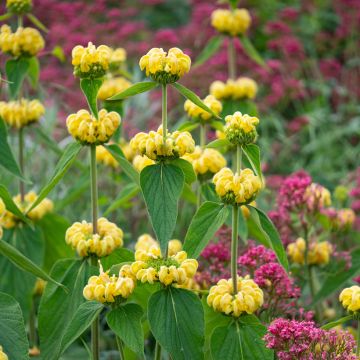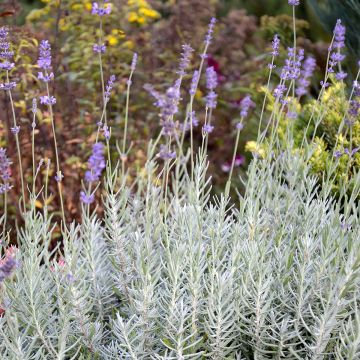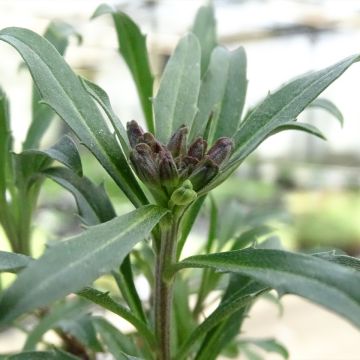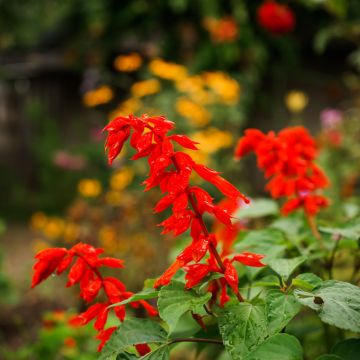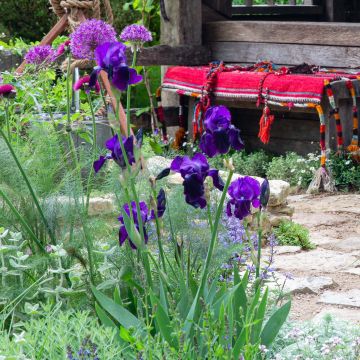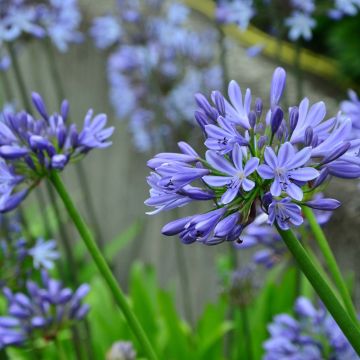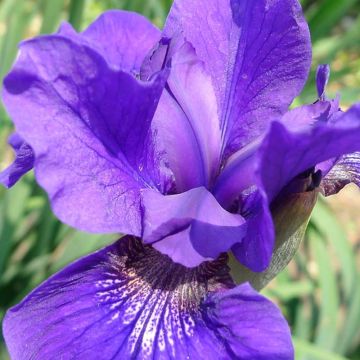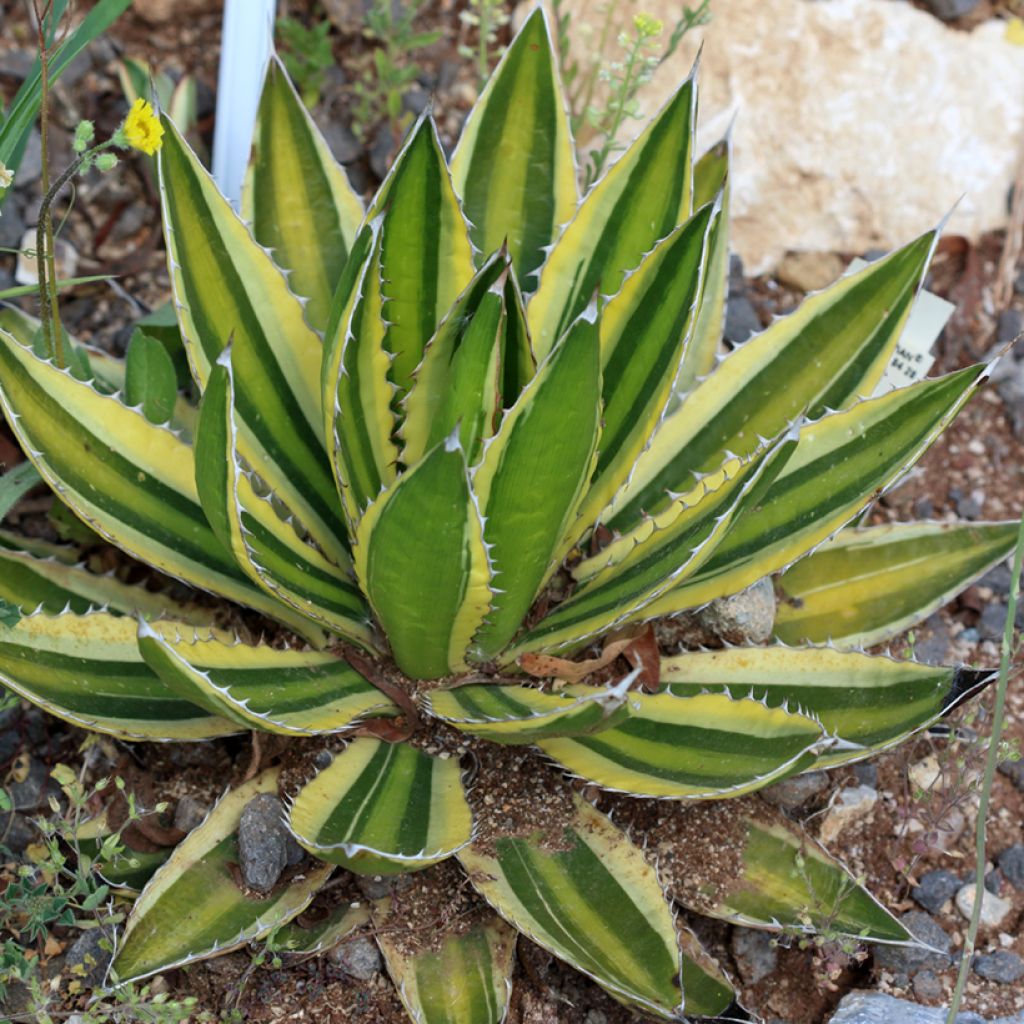

Agave lophantha Quadricolor


Agave lophantha Quadricolor
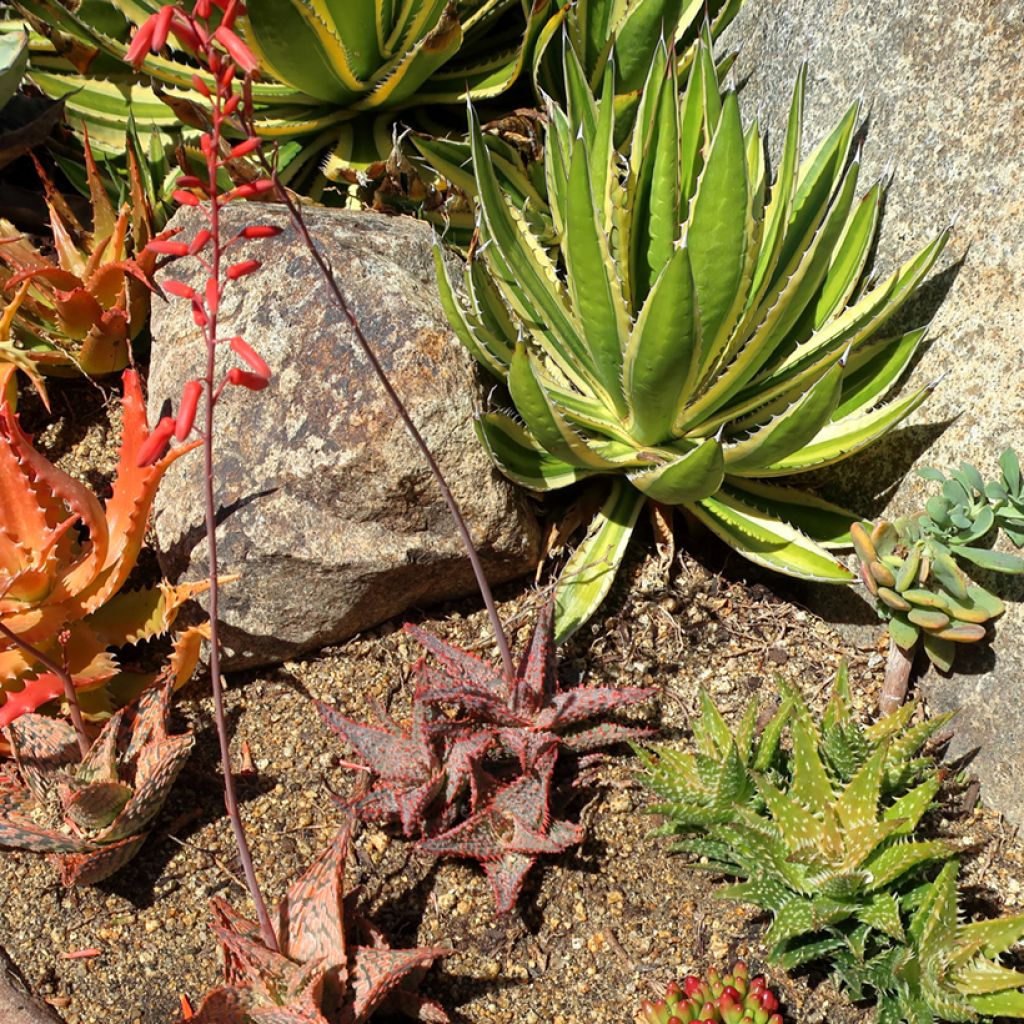

Agave lophantha Quadricolor
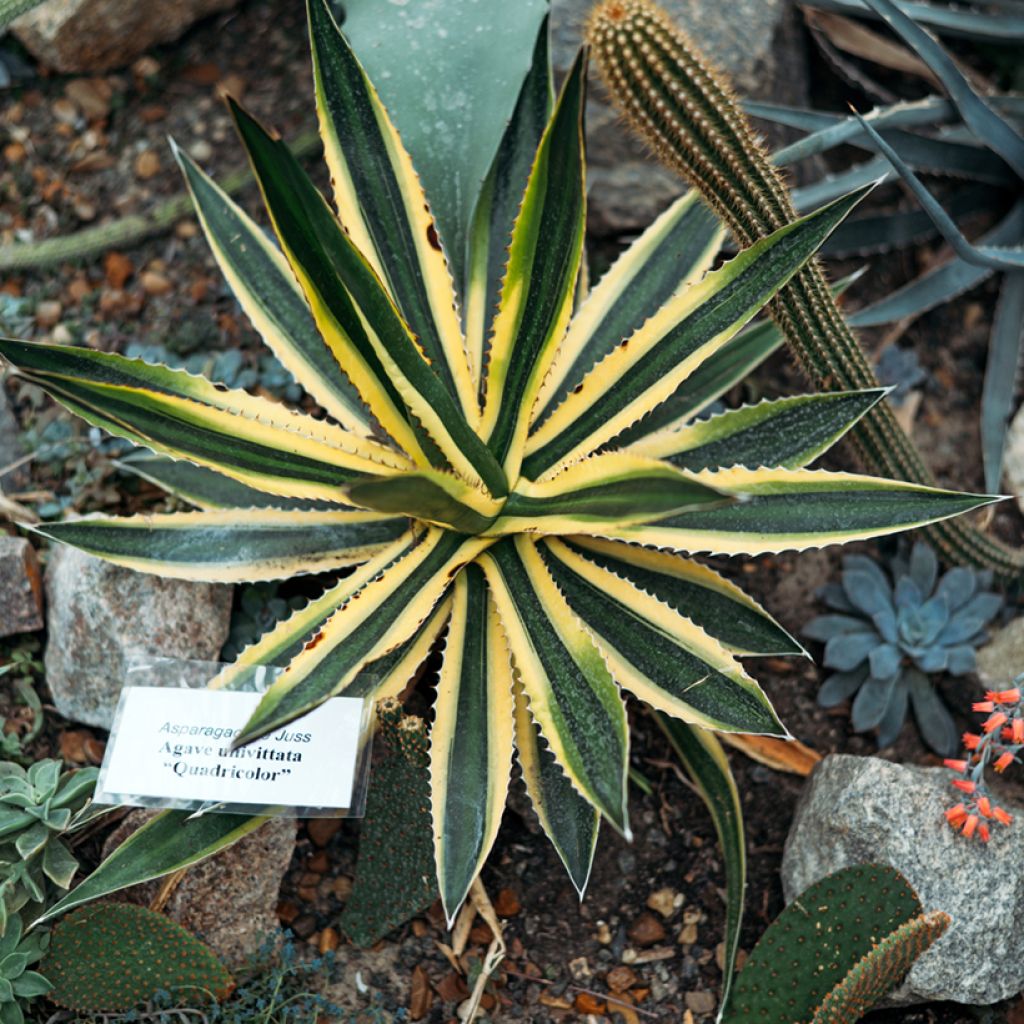

Agave lophantha Quadricolor
Agave lophantha Quadricolor
Agave lophantha Quadricolor
Special offer!
Receive a €20 voucher for any order over €90 (excluding delivery costs, credit notes, and plastic-free options)!
1- Add your favorite plants to your cart.
2- Once you have reached €90, confirm your order (you can even choose the delivery date!).
3- As soon as your order is shipped, you will receive an email containing your voucher code, valid for 3 months (90 days).
Your voucher is unique and can only be used once, for any order with a minimum value of €20, excluding delivery costs.
Can be combined with other current offers, non-divisible and non-refundable.
Why not try an alternative variety in stock?
View all →This plant carries a 12 months recovery warranty
More information
We guarantee the quality of our plants for a full growing cycle, and will replace at our expense any plant that fails to recover under normal climatic and planting conditions.
Would this plant suit my garden?
Set up your Plantfit profile →
Description
Agave lophantha 'Quadricolor', nicknamed the Four-Coloured Agave, is a sought-after succulent plant prized for its decorative foliage and compact rosette habit. This variety is derived from Agave lophantha, surpassing it with the chromatic variation of its leaves: deep green at the centre, edged with golden yellow, and reddish margins that intensify in full sun. This perennial is adapted to dry climates, thrives in well-drained soil and is resistant to drought as well as moderate cold down to -11°C. When planted in the ground, it structures rockeries, dry gardens, and mineral beds. In pots, it decorates terraces and balconies, where its colourful foliage creates a focal point. Its thorny leaves require some care during handling and planting.
Belonging to the Asparagaceae family, Agave lophantha 'Quadricolor' is a variety native to the mountains of northeastern Mexico. This cultivar develops thick, rigid leaves arranged in a symmetrical rosette. Each leaf features a green hue at the centre, yellow margins, and reddish edges, creating a palette of four distinct colours that earned it the name 'Quadricolor'. The leaves are also adorned with small teeth along the margins and end in a sharp thorn. At maturity, this agave reaches around 50 cm in height and width. Its growth is slow to moderate, and when grown in pots, its dimensions generally remain more compact. Outdoors and under favourable conditions, it produces a flower spike that can reach 2 to 3 metres in height, adorned with yellow-green flowers. After flowering, the rosette dies, but numerous offsets at the base ensure the plant's longevity. The agave's root system is fibrous and shallow, suited to well-drained soil.
Agave lophantha 'Quadricolor' serves as a centrepiece in landscaping in favourable climates. This plant is perfectly suited to dry and Mediterranean gardens. Placed as a standalone feature on a gravel bed or integrated into a rockery, this colourful agave draws the eye. In pots, it adorns terraces and balconies, placed in terracotta or natural stone containers. It can be paired with ornamental grasses such as Stipa tenuifolia, for the lightness of its fine inflorescences, or with succulent plants like Sedum spectabile 'Carmen'. Plants such as Euphorbia myrsinites, with its blue-grey foliage and yellow flowers, or red-flowering bushy sage, also create interesting combinations. Two desert plants pair particularly well with the Four-Coloured Agave: Yucca filamentosa and Dasylirion texanum.
Agave lophantha Quadricolor in pictures


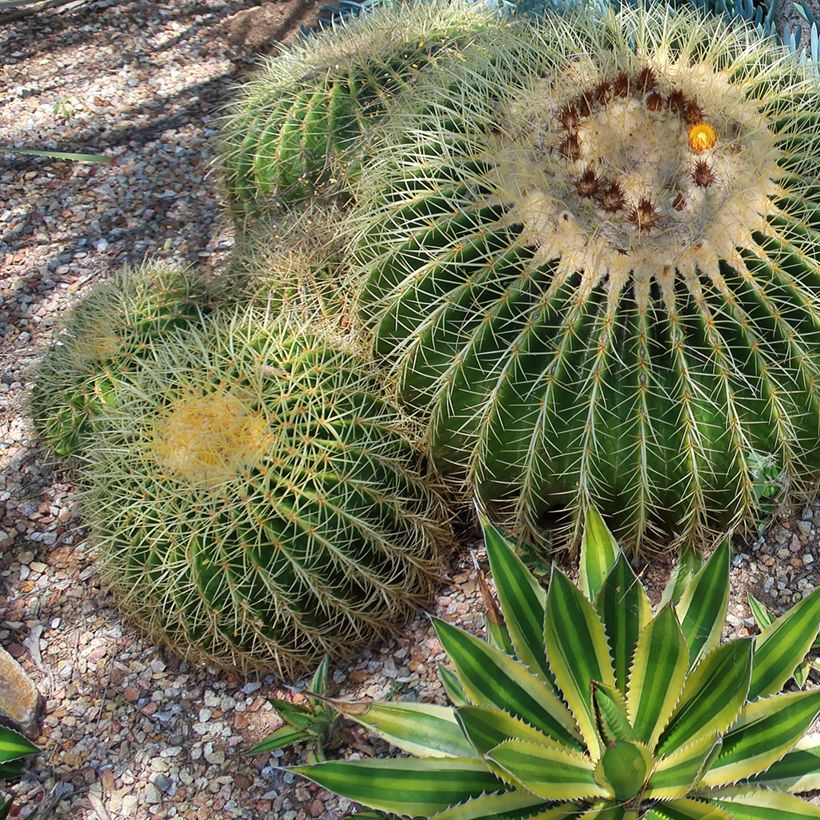

Flowering
Foliage
Plant habit
Botanical data
Agave
lophantha
Quadricolor
Asparagaceae
Agave univittata Quadricolor, Agave heteracantha Quadricolor
North America
Other Agave
View all →Planting and care
When planting Agave lophantha 'Quadricolor' in the ground, choose a sunny spot with well-drained soil, even poor or stony. This agave can tolerate temperatures down to -11°C at their lowest, in dry soil. Planting is best done between March and October. Ensure the rosette is level with the soil, without burying the collar, and space each young plant about 60 cm apart to allow for optimal growth. A mineral mulch, such as gravel or pumice, can be added to improve drainage and protect the base of the plant from excessive moisture.
For container planting, choose a pot at least 30 to 40 cm in diameter and depth, with drainage holes to ensure proper water flow. Use a very free-draining substrate made of 50% cactus compost and 50% drainage materials such as clay pebbles, pumice, or coarse sand. Place the agave in full sun, preferably on a well-exposed terrace or balcony. During the growing season, water moderately, about once every two weeks, ensuring the substrate dries out between waterings. In winter, drastically reduce watering to avoid any risk of root rot and bring the pot indoors to a bright, airy, and cool place if temperatures drop below -4°C.
Planting period
Intended location
Care
Planting & care advice
This item has not been reviewed yet - be the first to leave a review about it.
Similar products
Haven't found what you were looking for?
Hardiness is the lowest winter temperature a plant can endure without suffering serious damage or even dying. However, hardiness is affected by location (a sheltered area, such as a patio), protection (winter cover) and soil type (hardiness is improved by well-drained soil).

Photo Sharing Terms & Conditions
In order to encourage gardeners to interact and share their experiences, Promesse de fleurs offers various media enabling content to be uploaded onto its Site - in particular via the ‘Photo sharing’ module.
The User agrees to refrain from:
- Posting any content that is illegal, prejudicial, insulting, racist, inciteful to hatred, revisionist, contrary to public decency, that infringes on privacy or on the privacy rights of third parties, in particular the publicity rights of persons and goods, intellectual property rights, or the right to privacy.
- Submitting content on behalf of a third party;
- Impersonate the identity of a third party and/or publish any personal information about a third party;
In general, the User undertakes to refrain from any unethical behaviour.
All Content (in particular text, comments, files, images, photos, videos, creative works, etc.), which may be subject to property or intellectual property rights, image or other private rights, shall remain the property of the User, subject to the limited rights granted by the terms of the licence granted by Promesse de fleurs as stated below. Users are at liberty to publish or not to publish such Content on the Site, notably via the ‘Photo Sharing’ facility, and accept that this Content shall be made public and freely accessible, notably on the Internet.
Users further acknowledge, undertake to have ,and guarantee that they hold all necessary rights and permissions to publish such material on the Site, in particular with regard to the legislation in force pertaining to any privacy, property, intellectual property, image, or contractual rights, or rights of any other nature. By publishing such Content on the Site, Users acknowledge accepting full liability as publishers of the Content within the meaning of the law, and grant Promesse de fleurs, free of charge, an inclusive, worldwide licence for the said Content for the entire duration of its publication, including all reproduction, representation, up/downloading, displaying, performing, transmission, and storage rights.
Users also grant permission for their name to be linked to the Content and accept that this link may not always be made available.
By engaging in posting material, Users consent to their Content becoming automatically accessible on the Internet, in particular on other sites and/or blogs and/or web pages of the Promesse de fleurs site, including in particular social pages and the Promesse de fleurs catalogue.
Users may secure the removal of entrusted content free of charge by issuing a simple request via our contact form.
The flowering period indicated on our website applies to countries and regions located in USDA zone 8 (France, the United Kingdom, Ireland, the Netherlands, etc.)
It will vary according to where you live:
- In zones 9 to 10 (Italy, Spain, Greece, etc.), flowering will occur about 2 to 4 weeks earlier.
- In zones 6 to 7 (Germany, Poland, Slovenia, and lower mountainous regions), flowering will be delayed by 2 to 3 weeks.
- In zone 5 (Central Europe, Scandinavia), blooming will be delayed by 3 to 5 weeks.
In temperate climates, pruning of spring-flowering shrubs (forsythia, spireas, etc.) should be done just after flowering.
Pruning of summer-flowering shrubs (Indian Lilac, Perovskia, etc.) can be done in winter or spring.
In cold regions as well as with frost-sensitive plants, avoid pruning too early when severe frosts may still occur.
The planting period indicated on our website applies to countries and regions located in USDA zone 8 (France, United Kingdom, Ireland, Netherlands).
It will vary according to where you live:
- In Mediterranean zones (Marseille, Madrid, Milan, etc.), autumn and winter are the best planting periods.
- In continental zones (Strasbourg, Munich, Vienna, etc.), delay planting by 2 to 3 weeks in spring and bring it forward by 2 to 4 weeks in autumn.
- In mountainous regions (the Alps, Pyrenees, Carpathians, etc.), it is best to plant in late spring (May-June) or late summer (August-September).
The harvesting period indicated on our website applies to countries and regions in USDA zone 8 (France, England, Ireland, the Netherlands).
In colder areas (Scandinavia, Poland, Austria...) fruit and vegetable harvests are likely to be delayed by 3-4 weeks.
In warmer areas (Italy, Spain, Greece, etc.), harvesting will probably take place earlier, depending on weather conditions.
The sowing periods indicated on our website apply to countries and regions within USDA Zone 8 (France, UK, Ireland, Netherlands).
In colder areas (Scandinavia, Poland, Austria...), delay any outdoor sowing by 3-4 weeks, or sow under glass.
In warmer climes (Italy, Spain, Greece, etc.), bring outdoor sowing forward by a few weeks.






























